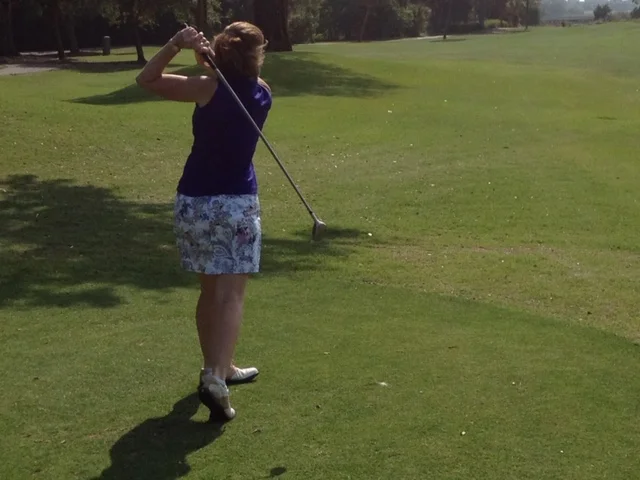Patellofemoral Pain Syndrome
Runner’s Knee
Patellofemoral pain syndrome (PFPS), or as it’s more commonly known in the running community, ‘Runner’s Knee’, is the most common overuse injury amongst runners, affecting up to 38% of male runners and 62% of female runners (3,5).
The patella (kneecap) sits against the front of the knee and is connected to the strong thigh muscles by the quadriceps tendon and the shin bone by the patellar tendon. The kneecap functions as part of a complex biomechanical process which allows the thigh muscles to bend and straighten the knee. During this process the undersurface of the kneecap experiences a lot of pressure. In fact, during activities such as walking downstairs and running, the kneecap experiences forces as large as 2-6 times our body weight (1,2)!
Symptoms of Patellofemoral Pain Syndrome
Patellofemoral pain syndrome causes pain in the front of the knee (around the kneecap). Symptoms are usually brought on by physical activities that repetitively bend the knee or sitting with the knee bent for extended periods of time. The term “theater sign” refers to excruciating knee pain when the knee is bent while sitting in chairs (like while watching a flick at the theater), and is related to compression of the irritated cartilage at the back of the kneecap. Symptoms are also classically present while descending stairs or any activity that puts pressure on the kneecap - including running!
Common Causes of Patellofemoral Pain Syndrome
Repetitive stress from activities which bend and straighten the knee, such as running, can cause irritation and inflammation of cartilage and the tendons which connect to the kneecap. The fat that sits between the kneecap and the knee joint can also become inflamed and cause pain!
Another cause of PFPS is patellar maltracking, which means the kneecap moves outside of its normal position as the knee bends and straightens (4). Underlying reasons for malalignment include weak hip abductor muscles, quadricep imbalances, hamstring tightness, and IT band tightness.
Treatment and Prevention of Patellofemoral Pain Syndrome
In the short-term, ceasing activities which cause knee pain and applying ice to the knee are often effective for reducing inflammation and pain related to PFPS. Additionally, use of medical tape to improve the patellar tracking has been shown to be effective (4). Physical therapy with exercises which target the lower extremity, hip, and trunk muscles should be employed to prevent recurrent symptoms following return to activity, with emphasis on strengthening quadriceps (especially the vastus medialis obliquus [VMO]) and hip abductor muscles. Generally, these nonoperative modalities cause improvement in symptoms and resolution of PFPS. In some cases, surgery may be necessary, but that’s exceptionally rare.
Now get out there and live a Strong, Healthy, and Happy life!
follow us
related articles
References
- Chen, Y.J., Scher, I. and Powers, C.M., 2010. Quantification of patellofemoral joint reaction forces during functional activities using a subject-specific three-dimensional model. J Appl Biomech, 26(4), pp.415-23.
- Fok, L.A., Schache, A.G., Crossley, K.M., Lin, Y.C. and Pandy, M.G., 2013. Patellofemoral joint loading during stair ambulation in people with patellofemoral osteoarthritis. Arthritis & Rheumatism, 65(8), pp.2059-2069.
- Fredericson, M. and Misra, A.K., 2007. Epidemiology and aetiology of marathon running injuries. Sports Medicine, 37(4-5), pp.437-439.
- Petersen, W., Ellermann, A., Gösele-Koppenburg, A., Best, R., Rembitzki, I.V., Brüggemann, G.P. and Liebau, C., 2014. Patellofemoral pain syndrome.Knee Surg Sports Traumatol Arthrosc, 22, pp.2264-2274.
- Taunton, J.E., Ryan, M.B., Clement, D.B., McKenzie, D.C., Lloyd-Smith, D.R. and Zumbo, B.D., 2002. A retrospective case-control analysis of 2002 running injuries. British journal of sports medicine, 36(2), pp.95-101.











In Part 6 of this series of articles, Cathy describes her daily core strength and flexibility routine to stay strong and mobile.